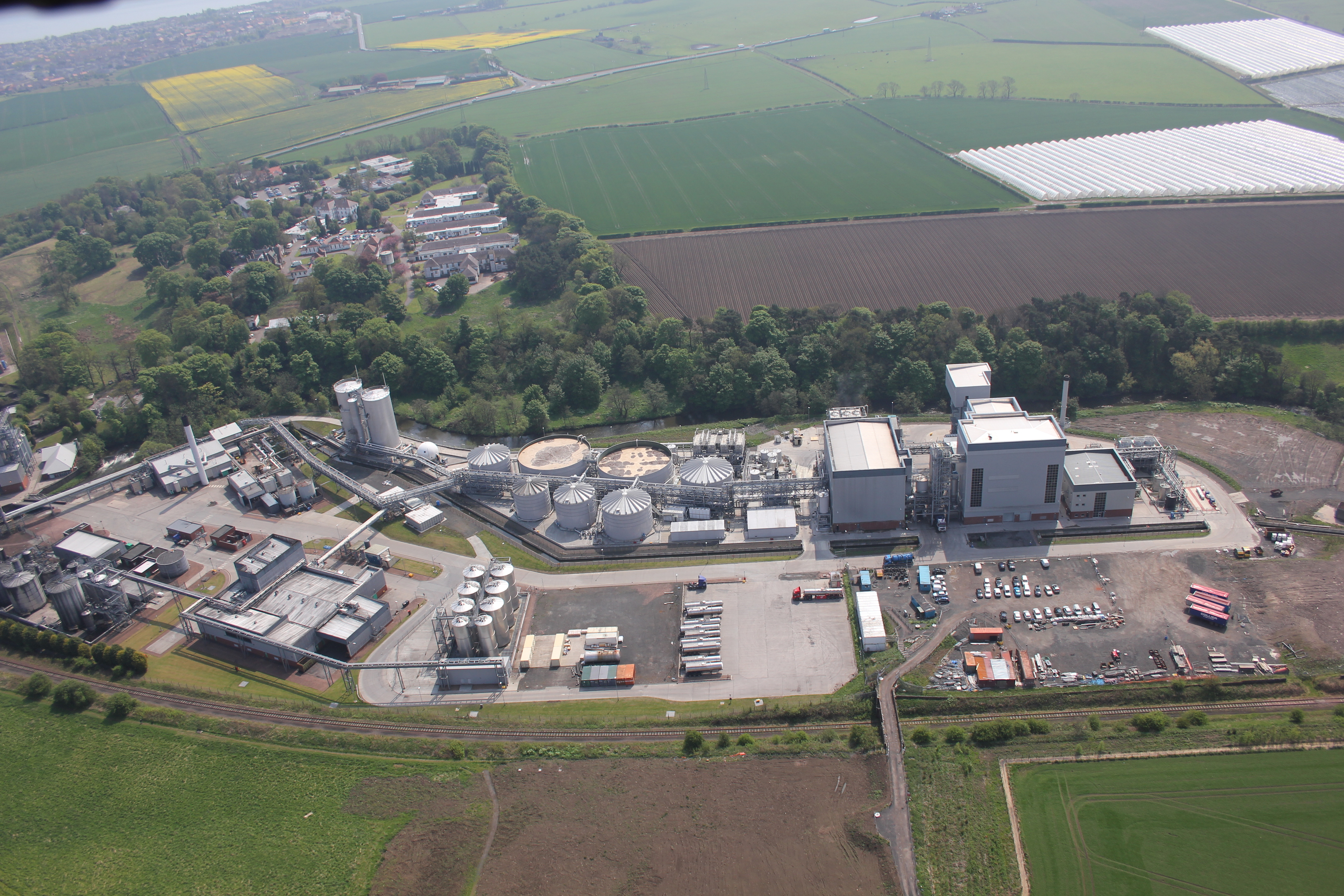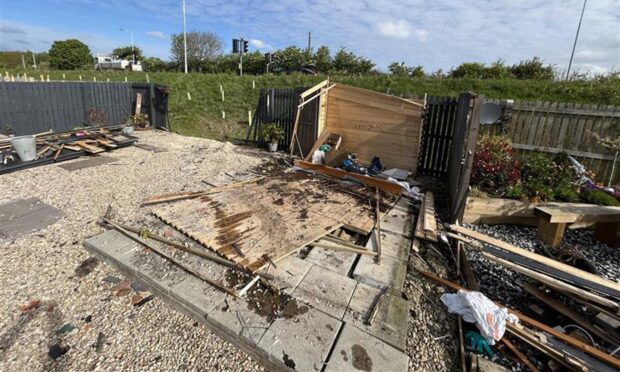Drinks giant Diageo insists it has been making great strides towards slashing its carbon footprint – despite its Fife distillery being listed as one of the worst polluters in Europe.
The company’s Cameronbridge Distillery was highlighted in the latest briefing published by the European Environment Agency (EEA), which confirmed that coal-fired power plants across the continent are responsible for the largest amounts of key pollutants released into the air.
The EEA briefing analysed emissions data from Europe’s largest industrial facilities including power plants, petrochemical refineries and metal processing plants which member states have to report under European Union (EU) rules.
And even though good progress is being made by the EU towards its climate and energy policy objectives for 2020 and 2030, the briefing notes that coal-fired power plants remain responsible for the largest releases of carbon dioxide (CO2), sulphur dioxide (SO2) and nitrogen oxides (NOx) to the environment.
The latest statistics revealed that Bełchatów power plant in Poland released the highest amounts for these three pollutants, while Drax (United Kingdom), Jänschwalde (Germany) and Kozienice (Poland) were also listed as top polluting facilities.
Diageo in Fife is much further down the list of offenders but is included, although a spokesperson for the firm stressed that the latest available figures on which the EEA briefing is based – from 2015 – still show that the total organic carbon emissions released from Cameronbridge have significantly decreased in recent years.
The company also invested £65 million in building the renewable energy plant at Cameronbridge, the commissioning of which has proved challenging because it involved state-of-the-art technology which had never been used before at that scale in the distilling industry.
A spokesperson for Diageo said: “Cameronbridge Distillery, along with every other Scotch whisky distillery, produces entirely natural by-products from distillation, specifically water, cereal and yeast.
“A large proportion of these natural residues are used in our on-site bioenergy plant to produce environmentally sustainable, renewable power for the distillery, which has significantly reduced the distillery’s environmental footprint in recent years.
“A portion of the natural residues are discharged by long-sea outfall under licence by SEPA to the highest possible regulatory standards.
“Along with the rest of the Scotch whisky industry we are committed to the highest environmental standards and we have invested well over £100 million in renewable energy facilities in Scotland to make our distilleries environmentally sustainable and we will continue to work to further improve our environmental performance.”
The EEA analysis is based on the latest available data which has recently been added to the EU’s European Pollutant Release and Transfer Register (E-PRTR).
The register contains data reported annually covering 35 000 industrial facilities over 65 economic activities located across the EU, plus Iceland, Liechtenstein, Norway, Switzerland and Serbia.
According to the analysis, half of the facilities responsible for the largest releases of air and water pollution were located in the United Kingdom, namely at 14 facilities, Germany, which had seven), and France and Poland – both of which had five facilities each.
Rosemary Gallagher, Scotch Whisky Association head of communications, added: “The Scotch Whisky industry is committed to protecting the environment. The industry works closely with SEPA and other relevant organisations to ensure it goes above and beyond compliance requirements. Where there is room for further improvement, we will work to raise standards even higher.
“The Industry Environmental Strategy, launched in 2009 and refreshed last year, sets out its ambitious sustainability targets.”










